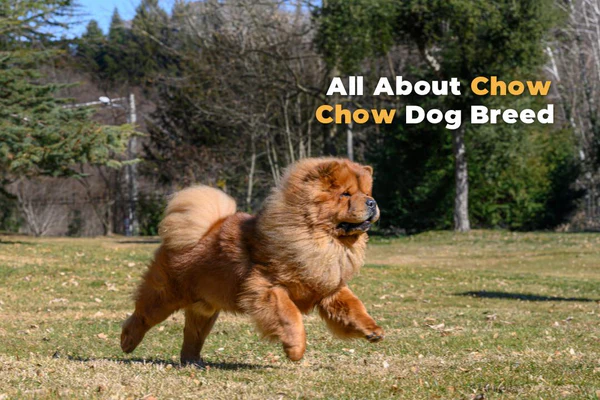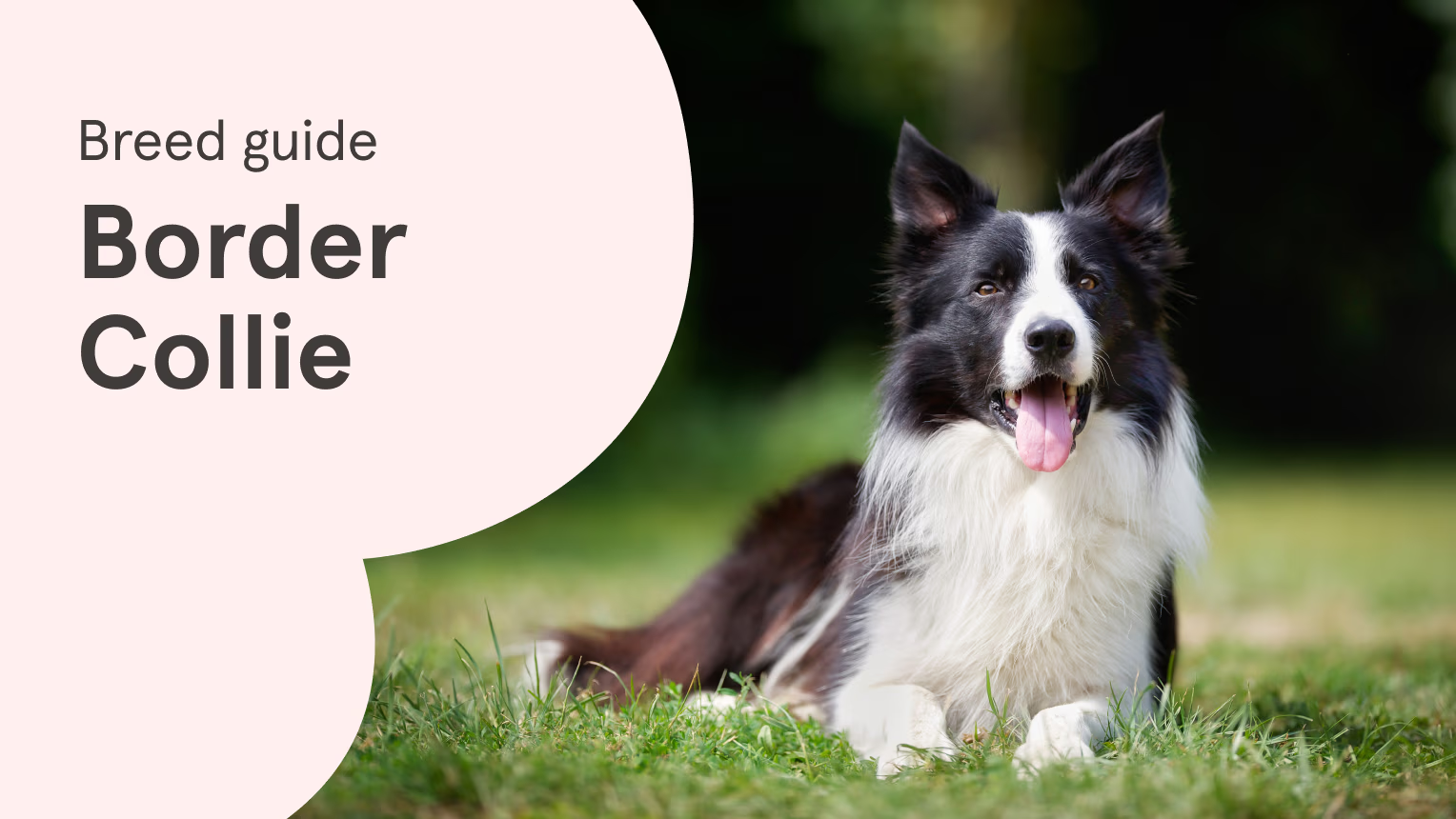🐾 Chow Chow: The Ultimate Guide to This Regal and Independent Dog Breed
With its lion-like mane, deep-set eyes, and unique blue-black tongue, the Chow Chow is one of the most distinctive and majestic dog breeds in the world. This ancient breed is known for its aloof demeanor, strong-willed personality, and loyal nature. Despite their stoic appearance, Chow Chows can be deeply affectionate with their families—making them a captivating yet complex pet choice.
In this comprehensive guide, we’ll walk you through everything you need to know about owning a Chow Chow—including breed history, personality, care tips, training techniques, how to choose one, and the pros and cons of bringing one into your home.
📖 Breed Overview
- Breed Name: Chow Chow
- Origin: China
- Group: Non-Sporting (AKC)
- Height: 17–20 inches (43–51 cm)
- Weight: 45–70 pounds (20–32 kg)
- Lifespan: 8–12 years
- Coat: Dense, rough or smooth
- Colors: Red, black, cream, blue, cinnamon
- Temperament: Dignified, aloof, loyal, protective
- Best For: Experienced dog owners, adults, quiet homes
🌏 Origin and History
The Chow Chow is one of the oldest dog breeds in the world, dating back over 2,000 years to ancient China. Originally used for guarding, hunting, and pulling carts, Chow Chows were also favored by emperors and nobles. Their name is believed to come from a term used by merchants in the 18th century to describe miscellaneous cargo from the East.
Despite their fluffy appearance, Chow Chows are not lap dogs. They were bred to work and guard, and their temperament reflects that legacy of independence and self-sufficiency.
🧠 Personality and Temperament
The Chow Chow has a cat-like personality—independent, quiet, and somewhat aloof. They are loyal to their families but may appear distant to strangers. This breed is not known for being overly affectionate, but once they bond with their owner, their devotion runs deep.
Key Traits:
- Dignified: They carry themselves with elegance and purpose.
- Independent: Not clingy or needy; often content on their own.
- Protective: Naturally wary of strangers and make excellent watchdogs.
- Reserved: Not the best choice for households seeking a playful, cuddly pet.
- Clean: They often groom themselves like cats and don’t have a strong dog odor.
🐾 How to Care for a Chow Chow
1. Coat Care and Grooming
Chow Chows come in two coat types: rough (long and fluffy) and smooth (shorter and dense). Regardless of coat type, they require regular grooming.
- Brush: 3–4 times per week (daily during shedding season).
- Bathing: Once every 4–6 weeks.
- Ear and Eye Cleaning: Check weekly.
- Nail Trimming: Every 3–4 weeks.
- Dental Care: Brush teeth 2–3 times per week.
2. Diet and Nutrition
Feed a high-quality dog food that meets their age, weight, and activity level. Chow Chows are prone to obesity, so avoid overfeeding and limit treats.
- Puppy: 3–4 meals per day.
- Adult: 2 meals per day.
- Watch for food allergies or sensitivities (common in this breed).
3. Exercise Requirements
Chow Chows are not overly energetic, but they do need daily walks and light play to stay healthy.
- Walks: Two 20–30 minute walks daily.
- Avoid intense activity: Especially in hot weather, due to risk of overheating.
- Mental stimulation: Puzzle toys or training sessions help avoid boredom.
4. Health Care
Chow Chows are generally healthy but can be prone to specific issues:
- Hip and elbow dysplasia
- Entropion (eyelid rolling inward)
- Thyroid problems
- Skin allergies
- Bloat (gastric torsion)
Annual vet check-ups, vaccinations, and early screening for hereditary conditions are essential.
🐕🦺 How to Train a Chow Chow
Training a Chow Chow can be challenging. They’re smart but strong-willed, often questioning commands. However, with patience and consistency, they can be well-trained and obedient.
1. Start Early
Begin obedience training and socialization as early as 8 weeks of age. The sooner they’re exposed to other people, pets, and environments, the better.
2. Use Positive Reinforcement
Chow Chows do not respond well to harsh corrections or forceful methods.
- Use treats, praise, and toys as rewards.
- Keep training sessions short (10–15 minutes).
3. Be Firm and Consistent
Chow Chows respect confident leadership. Be calm, assertive, and consistent with rules and commands.
4. Focus on Socialization
Expose your Chow to a wide variety of people, sounds, sights, and other animals. Socialization helps reduce their natural suspicion of strangers.
5. Enroll in Puppy Classes
Professional training classes offer guidance and structure that can be invaluable, especially for first-time Chow owners.
🏡 How to Choose a Chow Chow Puppy
1. Reputable Breeder
Work with a breeder who:
- Offers health clearances for both parents.
- Raises puppies in a clean, social environment.
- Allows you to meet the parents or see their temperament.
Avoid pet stores or backyard breeders who don’t provide vet records or proper socialization.
2. Observe Temperament
Choose a puppy that is curious but calm, not overly aggressive or fearful. Good breeders will help match you with the right temperament for your household.
3. Ask Questions
- Has the puppy been dewormed and vaccinated?
- Is there a health guarantee?
- Can you return the dog if needed?
4. Consider Adoption
Rescue organizations and shelters often have Chow Chows or Chow mixes looking for loving homes.
✅ Pros and ❌ Cons of Chow Chows
✅ Pros:
- Loyal and protective of family
- Unique appearance and striking coat
- Quiet and dignified—not a barker
- Low odor and clean habits
- Good for low-activity homes
❌ Cons:
- Aloof and not cuddly
- Can be aggressive toward strangers or other dogs
- Difficult to train for beginners
- Requires regular grooming
- Prone to several genetic health issues
💰 Price and Lifetime Costs
Chow Chow Puppy Price:
- Pet quality: $900 – $2,500
- Show quality or champion lines: $3,000 – $6,000+
- Rescue adoption: $100 – $400
Annual Ownership Costs:
| Expense | Estimated Annual Cost |
|---|---|
| Food | $500 – $800 |
| Grooming | $400 – $1,000 |
| Vet visits/vaccines | $300 – $600 |
| Insurance | $400 – $700 |
| Training | $300 – $600 |
| Misc (toys, bed) | $200 – $400 |
| Total | $2,100 – $4,100 |
Lifetime cost over 10 years: $21,000 – $40,000+
👨👩👧👦 Is a Chow Chow Right for You?
A Chow Chow is best suited for:
- Experienced dog owners who understand canine behavior.
- Households without small children or frequent visitors.
- Calm environments where the dog can have personal space.
- Owners who are willing to invest time in grooming and socialization.
If you’re looking for a quiet, majestic companion who marches to the beat of their own drum, the Chow Chow may be your ideal match. They’re not everyone’s dog—but for the right owner, they’re unforgettable.




